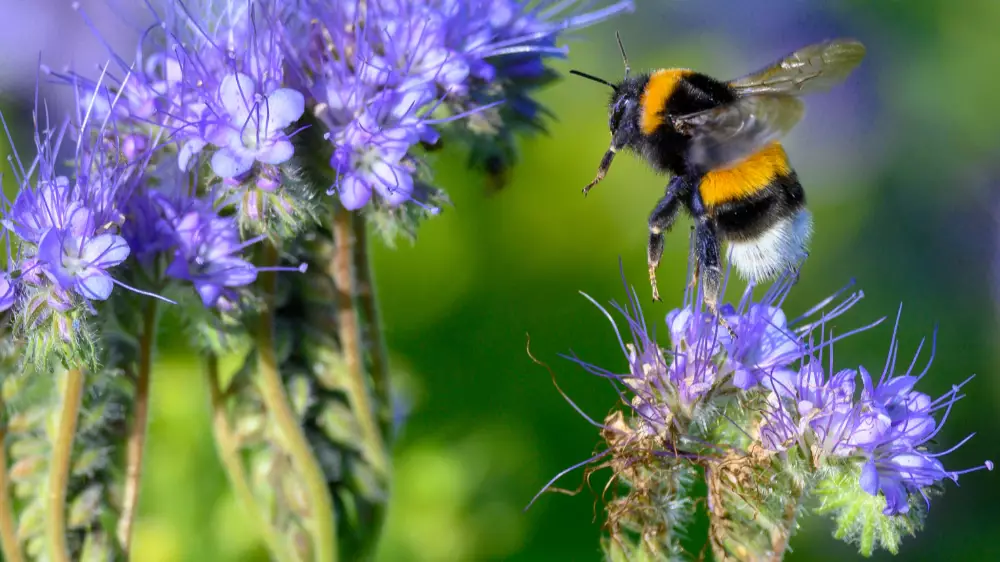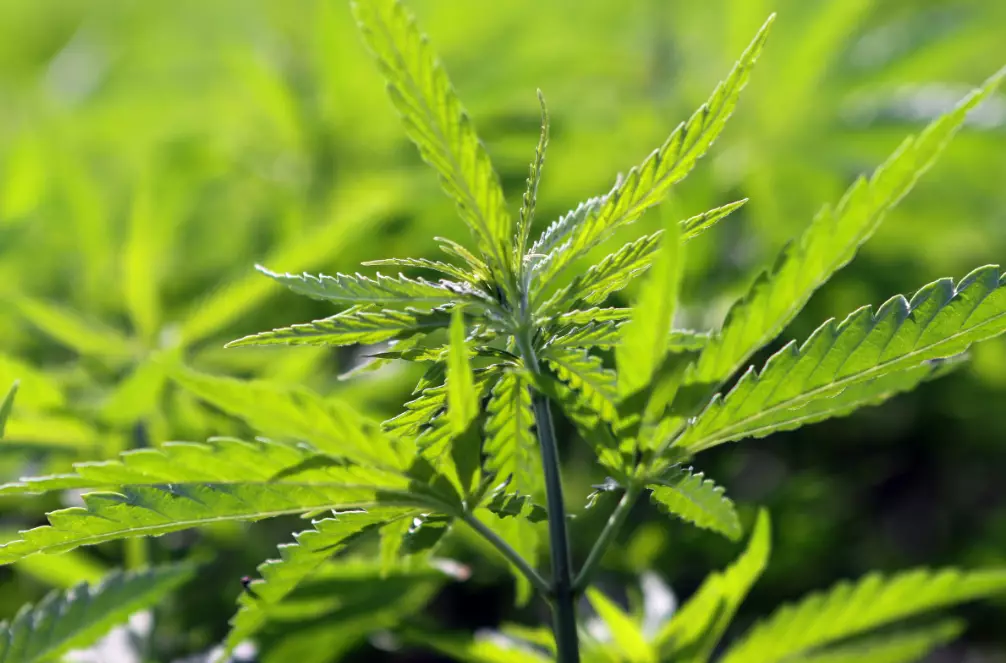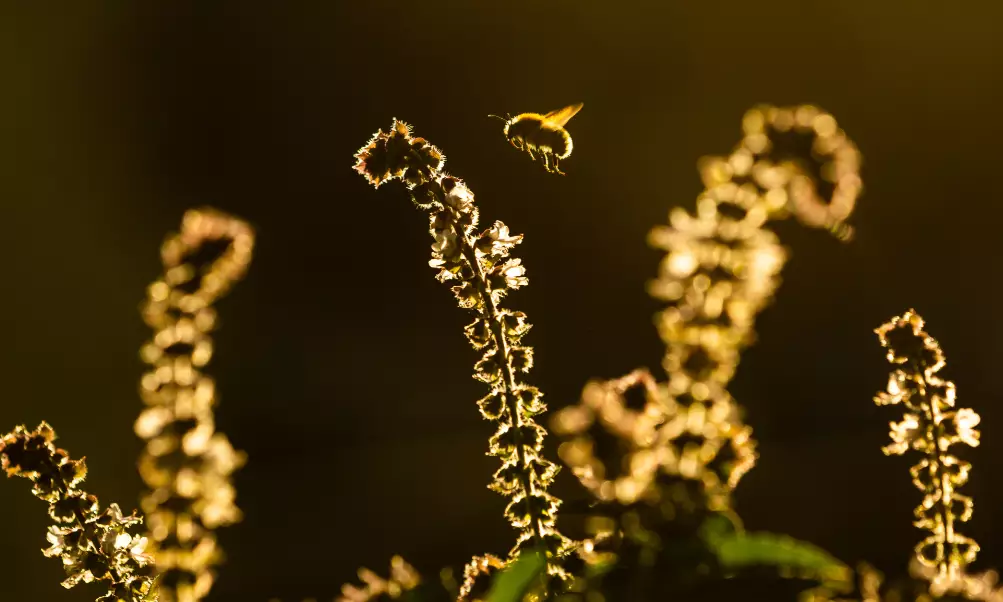
New research shows that it's not just humans (well, some humans) that are fans of cannabis; it also has an unlikely following from bees, of all things.
In the new study from Cornell University, which was published in Environmental Entomology, multiple bee populations were found to be visiting hemp plants in certain areas of the United States - a phenomenon that's believed to be thanks to the 'rapid expansion of hemp production' in the country, likely down to the legalisation of marijuana for recreational use in 11 US states.
The researchers argued that bees' habitat loss linked to 'large-scale, intensified agriculture, including the widespread use of chemical pesticides and insecticides, persistent pathogens and parasites' has imposed 'nutritional stress on bee communities'.

However, they said the recent federal legalisation and agricultural expansion of industrial hemp, Cannabis sativa, is now providing some relief, as the plant offers 'a unique floral resource to bees in agricultural landscapes'.
Advert
The study explains: "We identified all bee visitors to the species level and found that hemp supported 16 different bee species.
"Landscape simplification negatively impacted the abundance of bees visiting hemp flowers, but did not affect the species richness of the community.
"Plant height, on the other hand, was strongly correlated with bee species richness and abundance for hemp plots with taller varieties attracting a broader diversity of bee species.
"Because of its temporally unique flowering phenology, hemp has the potential to provide a critical nutritional resource to a diverse community of bees during a period of floral scarcity and thereby may help to sustain agroecosystem-wide pollination services for other crops in the landscape.
Advert
"As cultivation of hemp increases, growers, land managers, and policy makers should consider its value in supporting bee communities and take its attractiveness to bees into account when developing pest management strategies."

The findings also echo a similar study published last year by Colorado State University, which explored the same topic.
The researchers concluded: "Hemp is a high pollen producing crop flowering during a period of floral resource scarcity and supports a diverse array of bees in the northeastern U.S. landscape.
Advert
"The rapid expansion of hemp production in the United States (Schluttenhofer and Yuan 2017) may have significant implications for agroecosystem-wide pollination dynamics.
"The potential for hemp to serve as a floral resource for bees is influenced by landscape composition, the height of hemp plants, and temporal factors. Growers, extension agents and policy makers should consider risks to bees as pest management practices are developed for this crop (Cranshaw et al. 2019).
"As a late-season crop flowering during a period of seasonal floral dearth, hemp may have a particularly strong potential to enhance pollinator populations and subsequent pollination services for crops in the following year by filling gaps in late-season resource scarcity."
Featured Image Credit: PA